- THE SOCIETY Newsletter
- Posts
- The SOCIETY Newsletter #91
The SOCIETY Newsletter #91
The World’s Most Dangerous Golf Course
With all the media doing a deep dive into the Ryder Cup, I thought we would deliver something on the lighter side of golf.
From the U.S. Ryder Cup’s Team implosion to how you can actually avoid an explosion playing the World’s Most Dangerous Golf Course.
Tee Time in a Minefield: Golf at Camp Bonifas
If you’re the kind of golfer who complains about water hazards or deep bunkers, Camp Bonifas has a solution: try playing a hole where the rough is literally full of landmines.
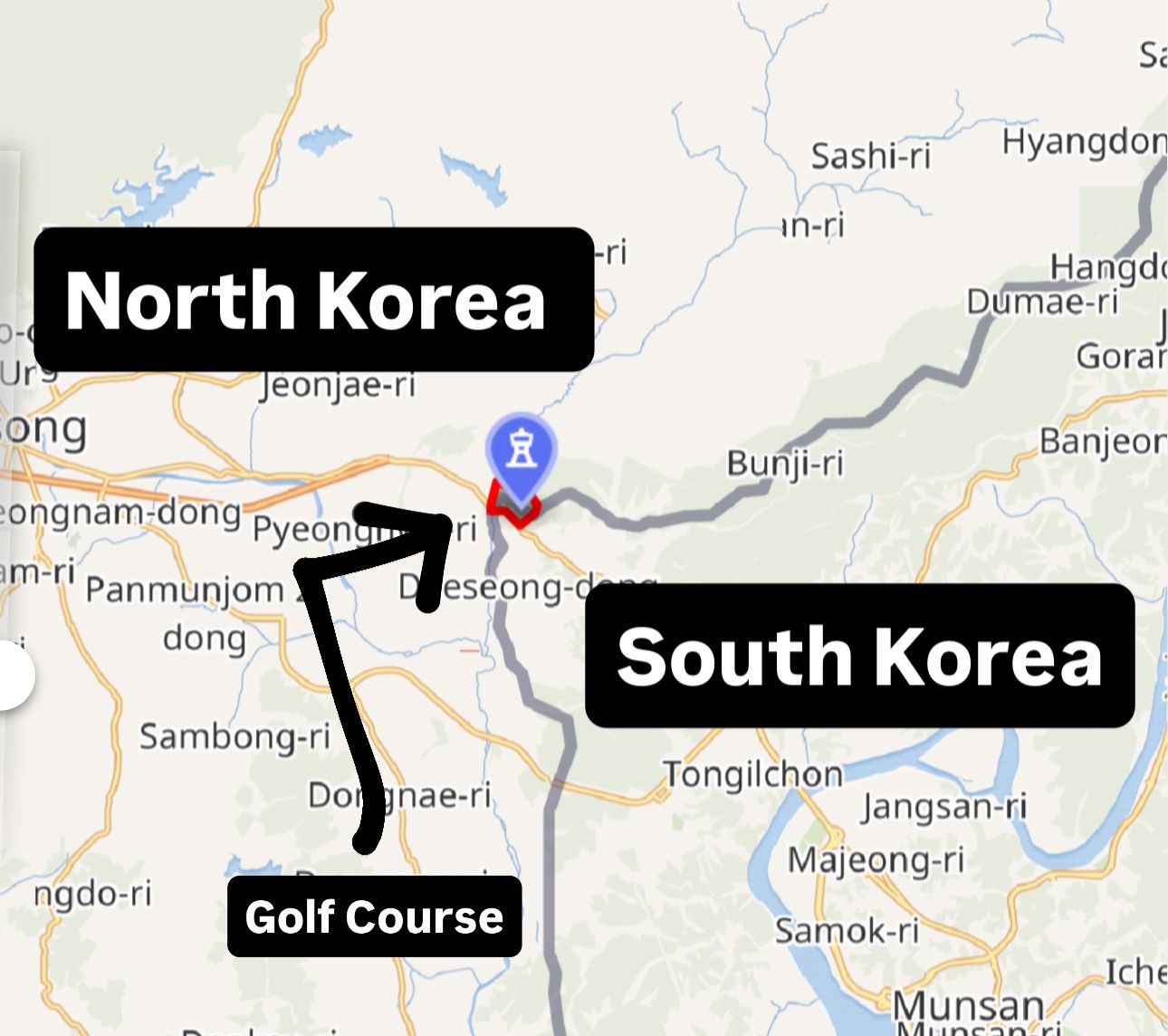
Welcome to Camp Bonifas, a United Nations Command post in South Korea, just a pitching wedge away from the Demilitarized Zone. The camp takes its name from Captain Arthur Bonifas, who was killed during the infamous 1976 “axe murder incident.” It’s not exactly the cheeriest inspiration for a golf getaway, but it does set the tone.
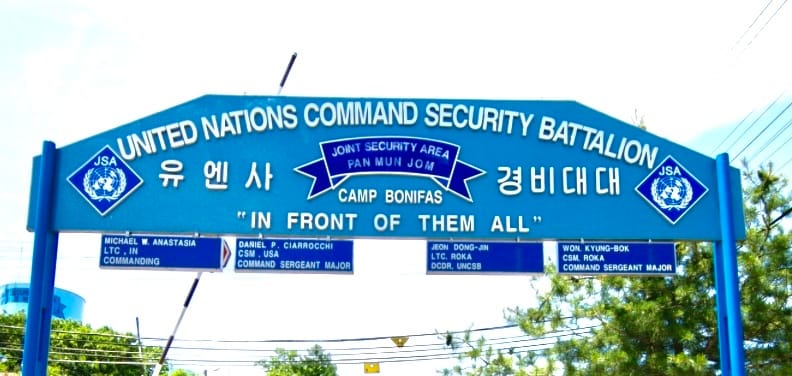
The “course” here consists of a single par-3, about 192 yards long. Forget manicured fairways and Augusta-style azaleas—the green is a patch of artificial turf, surrounded by sandbags and barbed wire, like something out of a dystopian mini-golf course. And if you miss the green? Well, let’s just say this isn’t the place to go ball-hunting. A sign at the tee box puts it bluntly: “Danger. Do not retrieve balls from the rough. Minefield.”
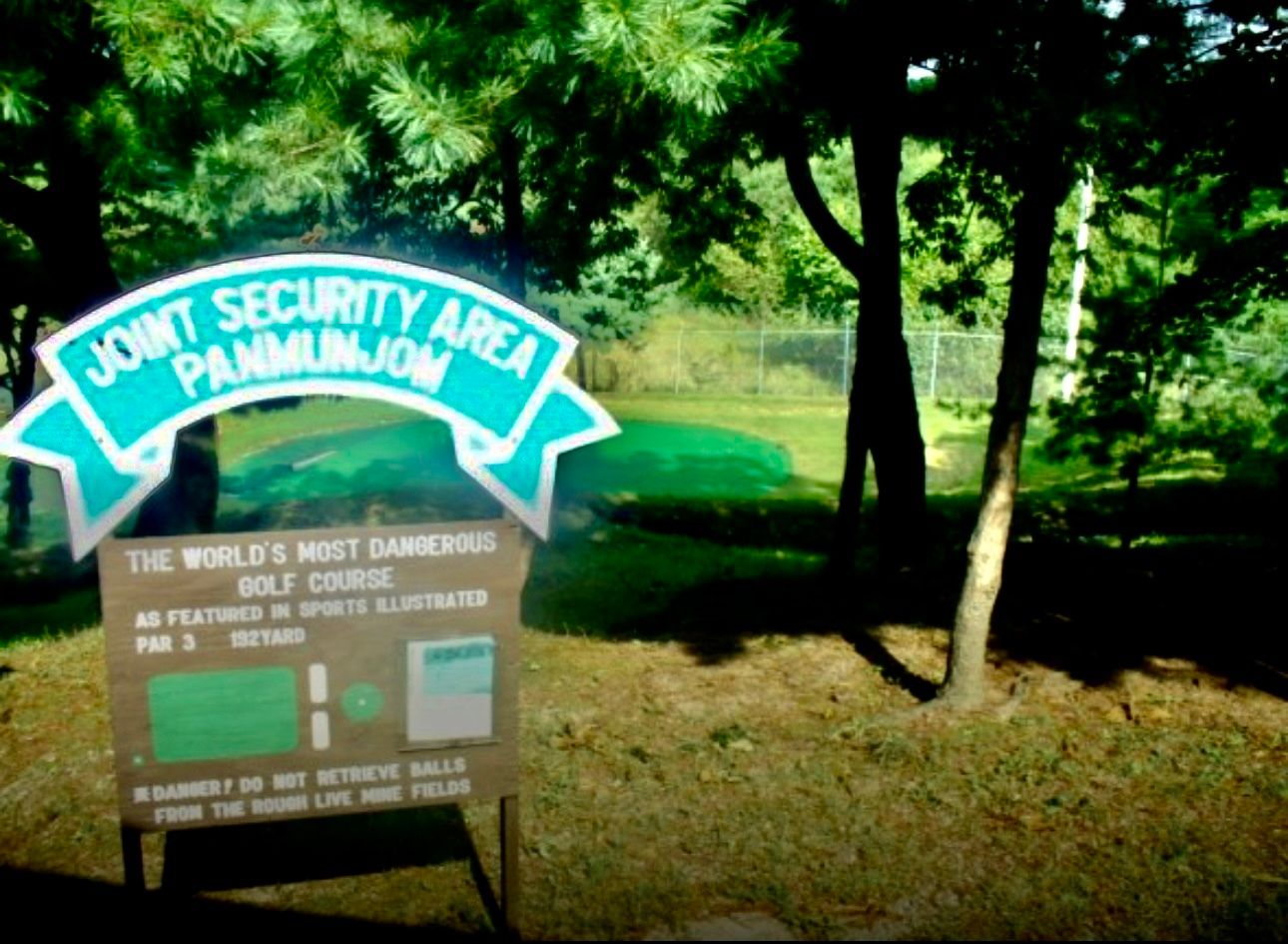
Yes, you read that right. Landmines. Real ones. Golf Digest once called it “the world’s most dangerous golf course,” but that feels like an understatement. It’s the only place in the world where a duck hook could make international headlines.
For the soldiers stationed here, though, it’s part pastime, part morale booster, and part reminder that life near the DMZ has its own brand of gallows humor. Rumors circulate of golf balls that vanished into the minefield only to later…detonate. True or not, it’s the kind of story that keeps your swing compact.
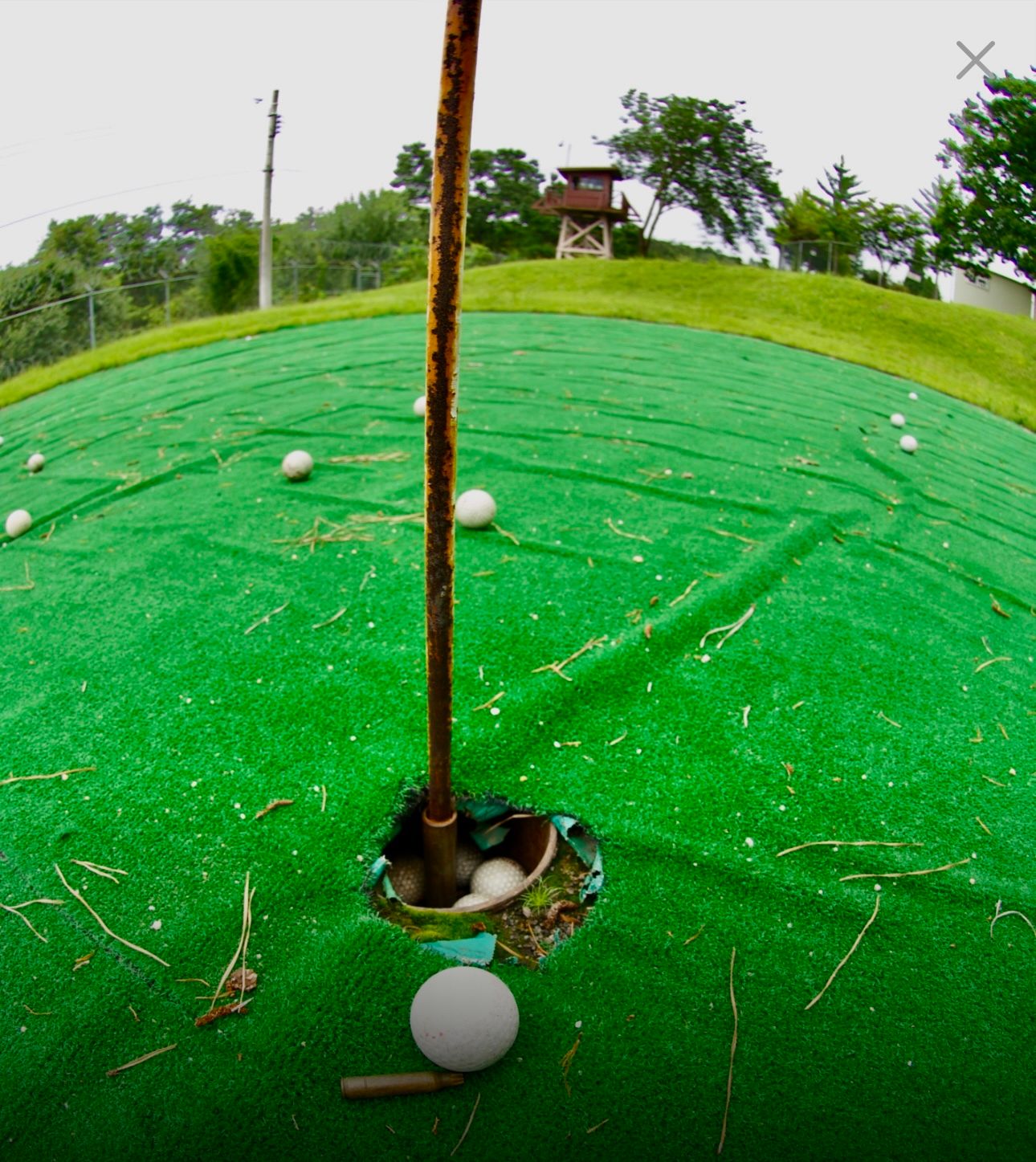
Playing at Camp Bonifas is less about chasing pars and more about the absurdity of finding leisure in a place where the wrong bounce could be catastrophic. Visiting dignitaries sometimes take a shot too—because nothing says “I survived the Korean DMZ” like a Titleist lying unexploded somewhere north of the fairway.
It’s never going to host a PGA Tour stop, but in the odd travel guide of golf, Camp Bonifas deserves its own chapter. After all, where else in the world does a bad shot come with a warning label—and a very real chance you’ll never get your ball back?
Restoring a Raynor
I’ve shared this dream before, but it bears repeating: I want to bring together a team of investors to acquire Golden Age golf courses and restore them to their original brilliance.
So far, I’ve identified two such properties and submitted two offers—both rejected. As a real estate developer by trade, I know these things take time. The right opportunities are worth the wait.
In the meantime, The Society has carved out its own niche, creating a merchandise brand that blends golf history, golf art, and golf design. Our next retro patch will be inspired by a rendering I created that reimagines how the lost Raynor’s 5th and 6th holes could look if properly restored.
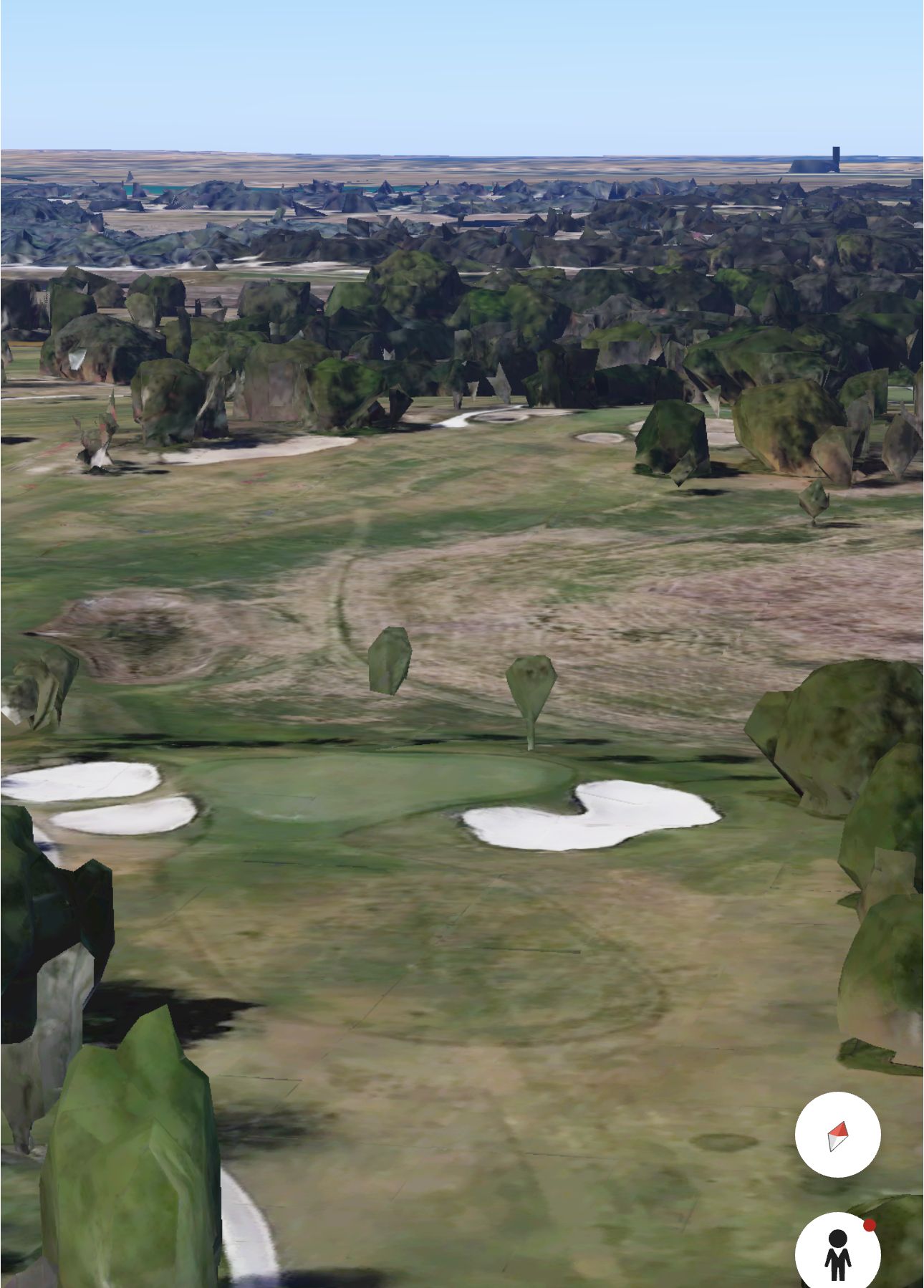
An image of the unrestored 5th and 6th holes
The 5th was one of Raynor’s classic “Short Holes,” stretching only about 150 yards. The 6th, a Cape Hole, has been diminished over the years—modern bunkering, a dried-out pond, and even a misplaced tee box have obscured its original genius. Restored to their intended form, these two holes together would create one of the most compelling corners in golf.
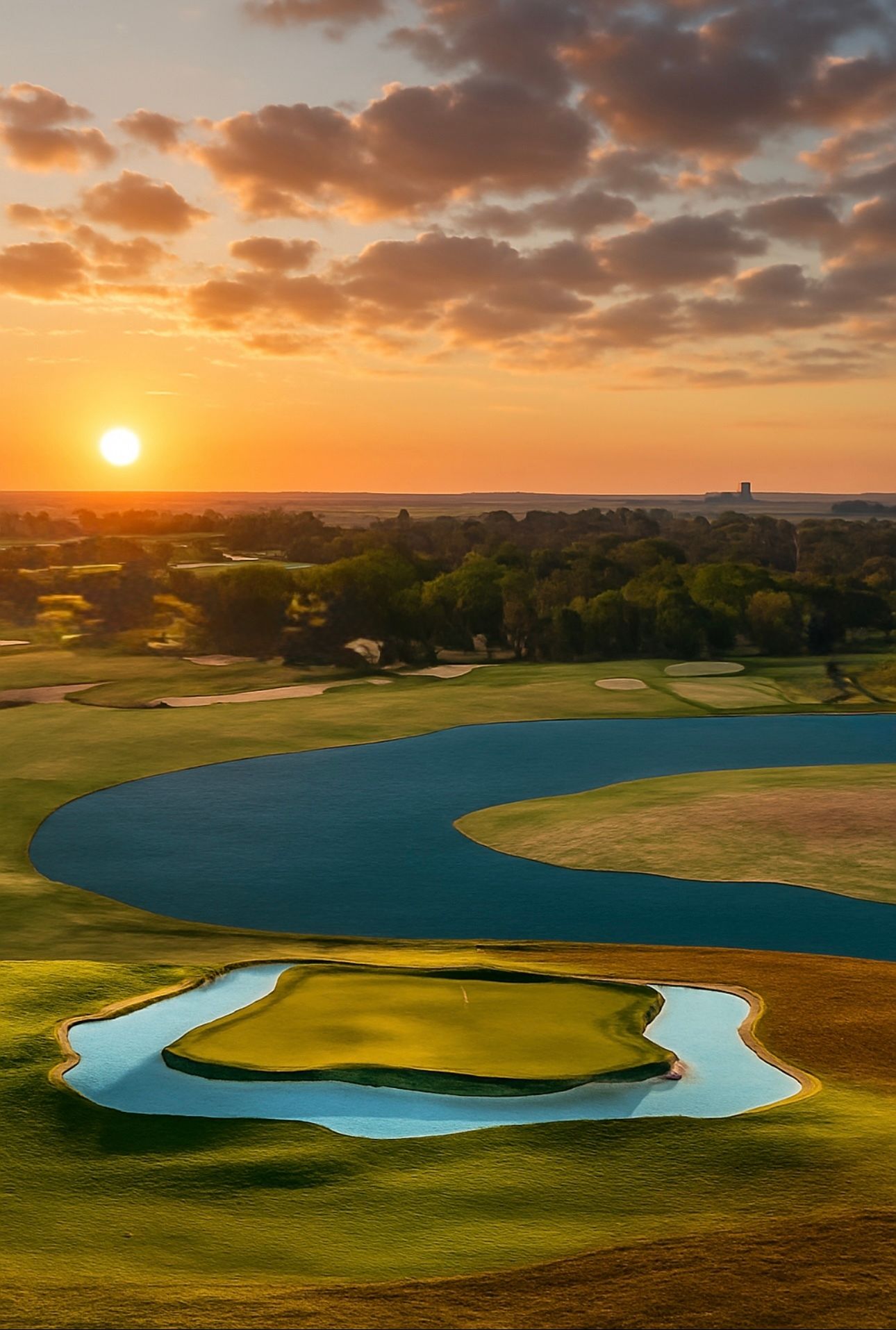
Rendering of the 5th and 6th holes
Even the rendering you see above isn’t quite perfect. For example, the two bunkers fronting the green on the Cape Hole should actually be one continuous hazard, with the green itself tumbling into it. And the original tee for the 6th sat just right of the Short Hole’s green—a detail that makes all the difference in restoring Raynor’s vision.
This is the kind of history I want to bring back to life: not just preserving golf’s past, but giving it a future where players can experience these masterpieces as their architects intended. The Society‘s merchandise line will celebrate this restoration (for now) on a hat, but hopefully some day in the near future, we can restore the land to match.
Join us
If you haven’t already- consider joining the Society of Golf Historians. First and foremost it’s not expensive to join- you don’t have to be a golf historian and the events alone will be worth your time.
We have a couple of membership options:
Traditional Annual = $100 per year
Traditional Lifetime = $1200
Founding Member Annual = $500
Founding Member Lifetime = $5500
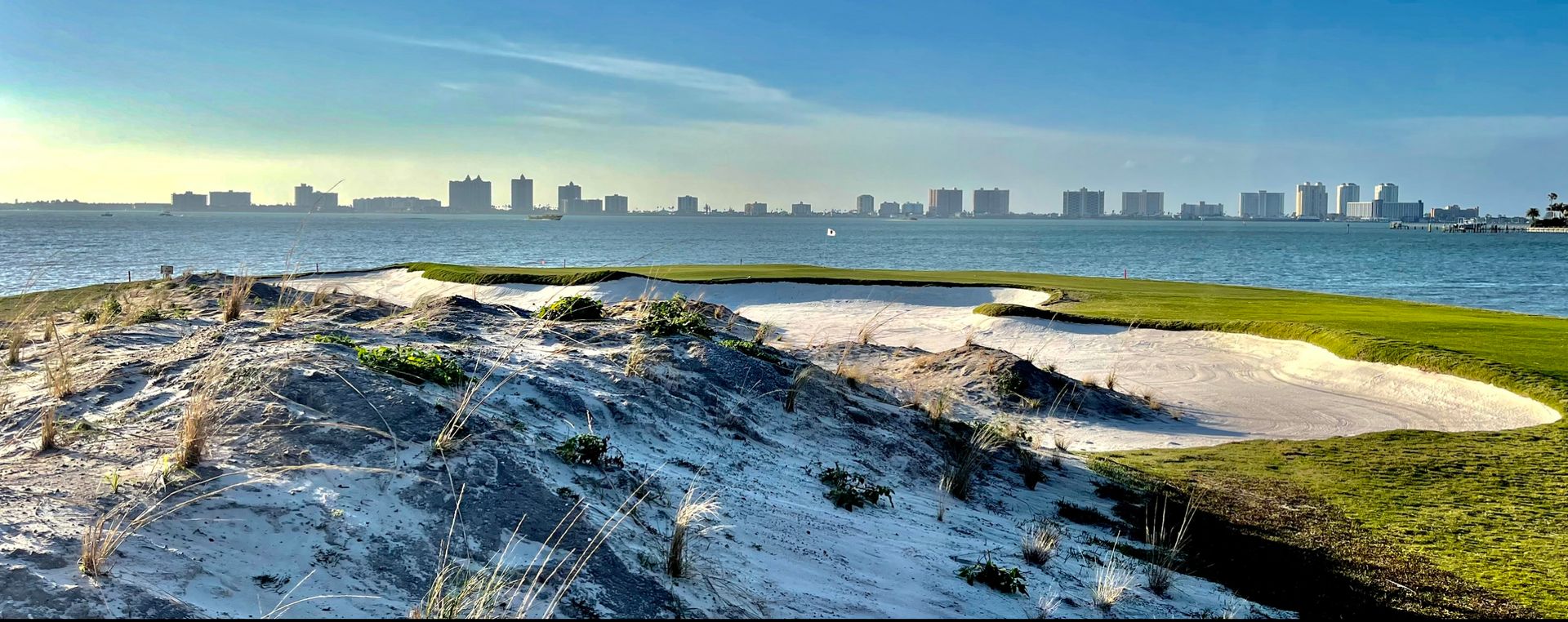
Photo of Belleair’s 7th hole
Our first event is January 19, 2026 and it will be our Annual Society of Golf Historians Meeting at Belleair Country Club. Golf Belleair’s Top 100 ranked course, sit down for dinner and enjoy our speakers. It will be a great time on Florida’s Oldest Golf Course.
Thank You
Thank you for taking the time out of your day to read our newsletter and thank you to all of you who have joined the Society and/or purchased our merchandise.
